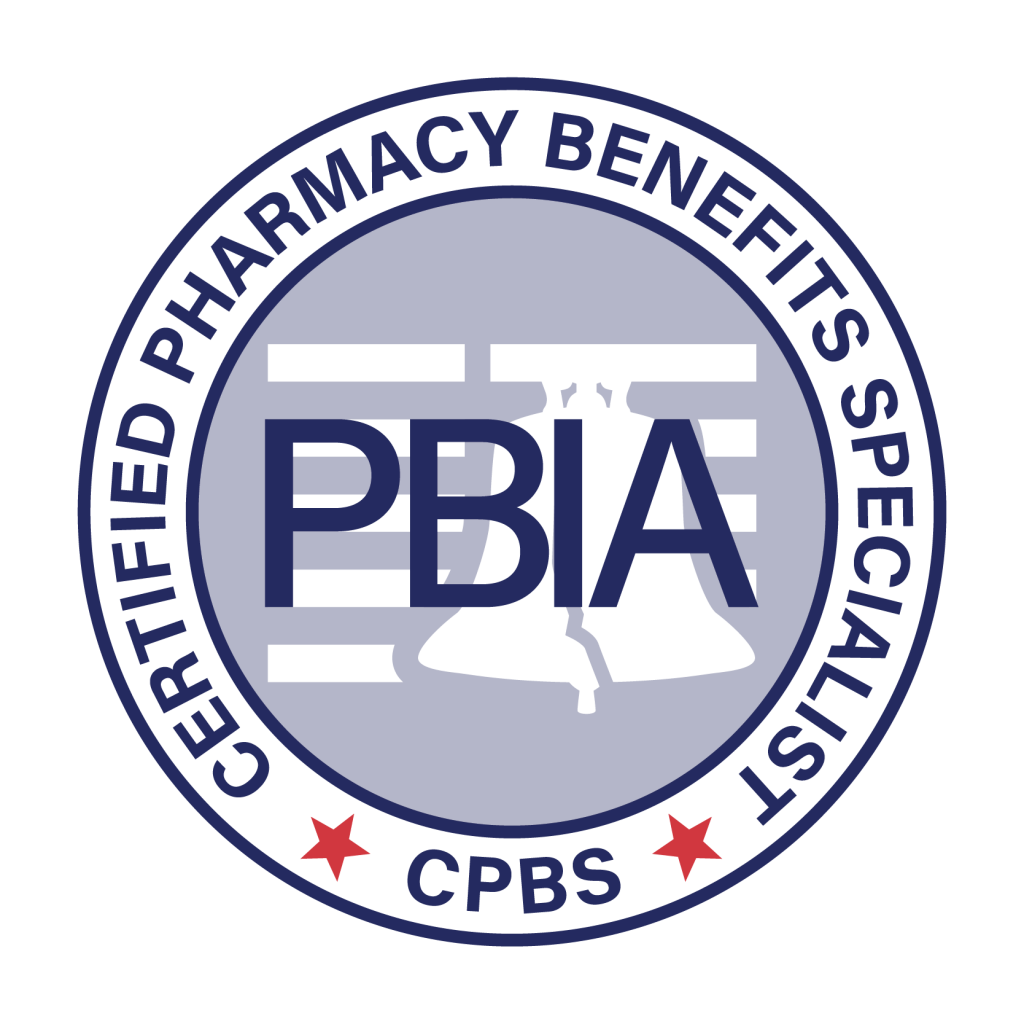In the complex world of pharmaceuticals, drugmakers are often scrutinized for the high prices of their medications. These prices, while reflective of the research and development costs involved in bringing new drugs to market, also highlight the industry’s strategic efforts to protect profit margins. As consumers and healthcare systems worldwide grapple with escalating drug costs, understanding the tactics employed by pharmaceutical companies to maintain their financial edge becomes crucial. From patent protections to direct-to-consumer advertising, these methods reveal a multifaceted approach to sustaining high drug prices. Here are ten strategies pharmaceutical companies use to maximize profits on drugs.
- Patent Protection: Drugmakers often obtain patents for their new drugs, giving them exclusive rights to sell the drug for a certain period, typically 20 years. This prevents other companies from making generic versions.
- Evergreening: This involves making slight modifications to existing drugs and re-patenting them. These modifications could be changes in dosage, delivery method, or combination with other drugs. This extends the patent life of the drug.
- Litigation: Pharmaceutical companies sometimes engage in legal battles to extend their patent exclusivity. This could involve suing generic manufacturers alleging patent infringement.
- Pay-for-Delay: In some cases, brand-name drug manufacturers pay generic drugmakers to delay the release of generic versions of their drugs. This agreement benefits both parties but can keep drug prices high.
- Exclusive Contracts: Some drugmakers enter into exclusive contracts with suppliers or distributors to control the drug’s supply chain, making it difficult for competitors to access these channels.
- Controlled Release of Generics: Companies might release their own generic version of a drug when the patent is about to expire. This allows them to capture a portion of the generic market.
- Bundling Products: Pharmaceutical companies might bundle a popular drug with a less popular one, forcing buyers to purchase both, thereby sustaining the sales of the less popular drug.
- Orphan Drug Designation: Companies might seek orphan drug status for drugs intended to treat rare diseases. This provides benefits like tax credits and market exclusivity, even for drugs that might have broader applications.
- Direct-to-Consumer Advertising: This increases consumer demand for specific drugs, which can help maintain unaffordable prices due to increased demand.
- Lobbying and Political Contributions: Pharmaceutical companies invest heavily in lobbying efforts and political contributions to influence drug-related policies and regulations in their favor.
The tactics employed by pharmaceutical companies to protect their profit margins encompass a broad spectrum of strategies, from leveraging patent laws to engaging in sophisticated marketing and legal maneuvers. While these practices are integral to recovering the substantial investments made in drug development, they also raise questions about the accessibility and affordability of essential medications. As policymakers, healthcare providers, and consumers navigate the challenges of ensuring drug availability at reasonable costs, the balance between rewarding innovation and preventing monopolistic practices remains a pivotal concern.

